As we climbed over a ladder, Papa Westray’s sea scrub opened up ahead; Colonies of Scottish primroses create a colorful island landscape, gently drooping on three sides towards the shore.
There are sloping gullies there made of huge blocks of rock carved deep into the interior. Large skuas (huge, disturbingly beady-eyed birds) known locally as Bonxies were watching me warily.
But it was another bird that I came to pay my respects to. A mound, aptly named Fowl Craig, and carvings of a maroon great auk – “the penguin of the northern hemisphere” – stared mournfully out to sea.
Unfortunately, I’m more than 200 years too late to actually see a great auk, as the statue represents a poignant dedication to the last known specimen of this flightless bird in the UK, shot nearby in 1813.
The auk encounter marked a sad end to my journey on Westray, Papa Westray, North Ronaldsay, Stronsay, Sanday and Eday, a collective term for islands in Orkney’s outer North Islands archipelago, in waters north of the island capital Kirkwall.
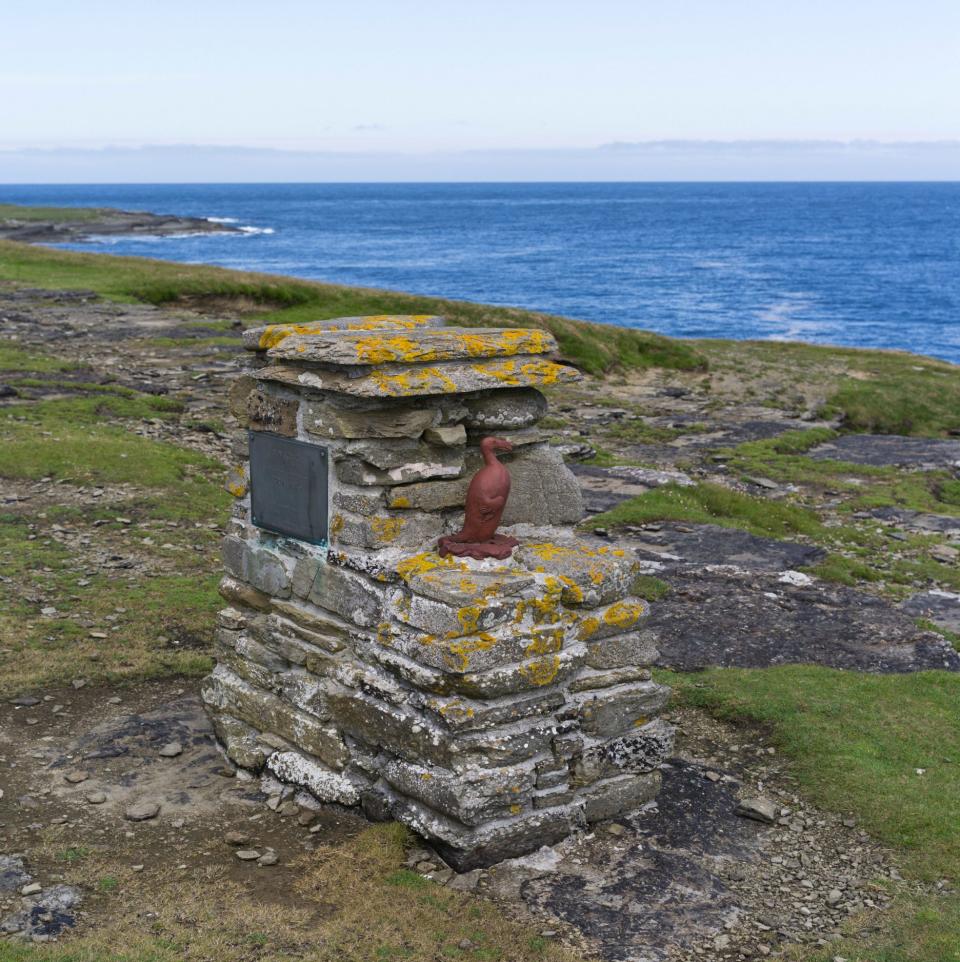
They vary in size; some you can walk or bike, but for others you need a car. They are distinguished by their orientation towards farming, isolated homesteads and low-lying settlements arranged around safer harbours. Rich in archaeology, birdlife, and beautiful, often violent coastal landscapes, exploring these places can feel like you’re in another country.
Papa Westray, affectionately called Papay by the Orcadians, is located 20 miles from Kirkwall, roughly at the latitude of Stavanger in Norway. Empty? Far? Far from it. Not only is it a vibrant community of around 90 islanders, there is also plenty to attract the visitor.
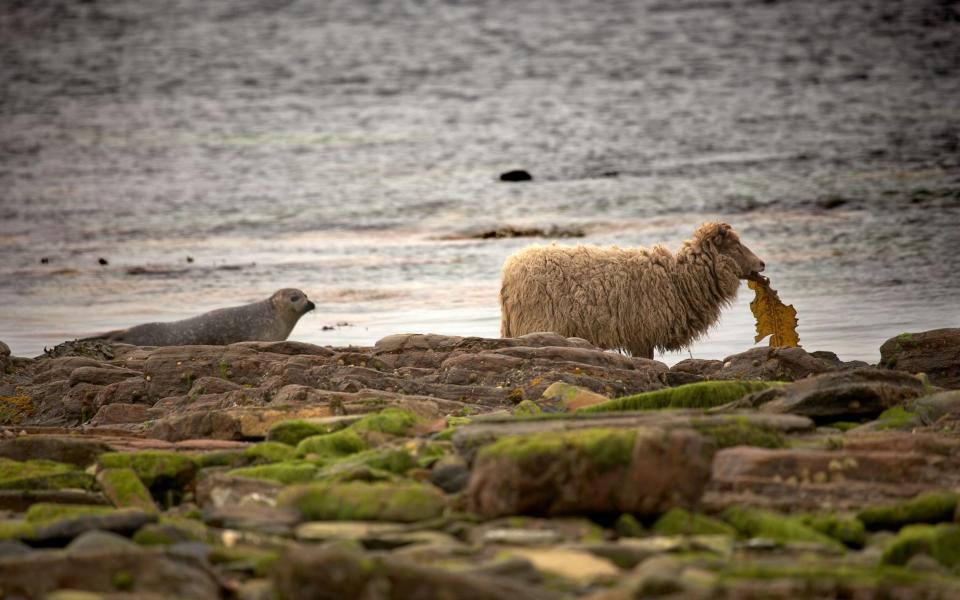

There are plenty of bird species, from gulls to oystercatchers, but I headed out to the Knap of Howar, a Neolithic two-bedroom farmhouse in a stunning location on the west coast.
Knap, with its walls at their original height, dates back to B.C. Dating from 3600 BC, it is Northern Europe’s oldest stone house, predating Orkney’s blockbuster Stone Age site, Skara Brae.
Only Knap’s distance from Kirkwall prevents it from being inundated with visitors; This is a principle that applies in the Northern Isles.
I started my journey in Eday, in the middle of the North Island; Eday in Old Norse means “isthmus island”. I arrived by ferry but there is also an airport next to the Bay of London, making it the northernmost London airport in the UK.
Eday felt like a real island where people lived and worked and tourists weren’t the main event. I set off towards the unmissable Setter Stone, one of the largest standing stones in Orkney.
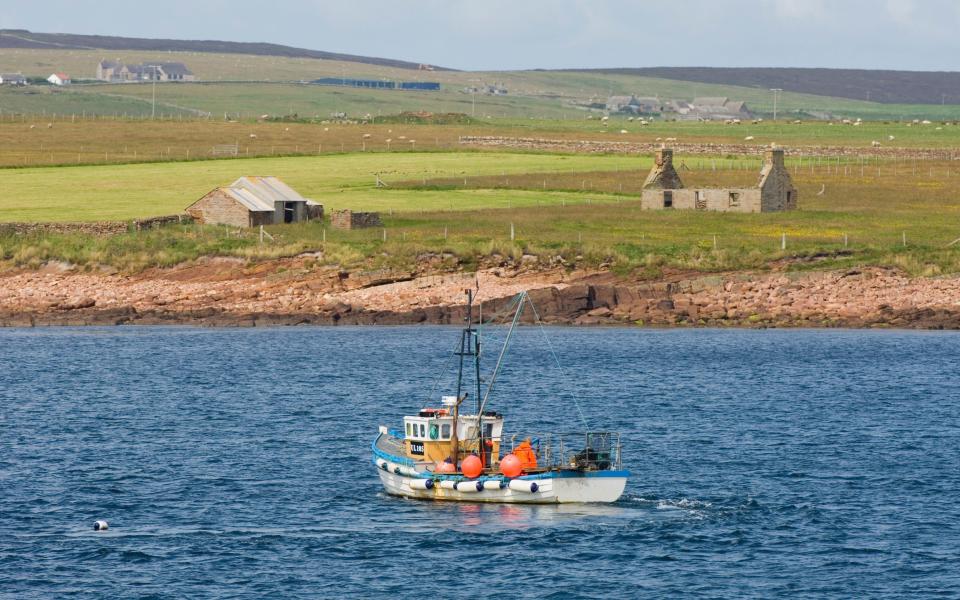

Covered in lichens and 15ft high, the monolith resembles three fingers raised in salute. Horrifyingly, it may have been part of a larger area where the dead were ritually cleansed before burial.
Eday was full of unexpected things. I stopped by Eday’s Old North School Classroom, where, like Mr. Benn, I found myself walking inside a reconstructed submarine, 56ft long, 10ft wide, with sleeping quarters, forward torpedoes and HMS Onyx’s original toilets. Falklands War.
The components of the submarine HMS Otter were reassembled by Mike Illett, a retired submarine mechanic. “I collected a few pieces from the submarine and put them on the mantel,” he said. “As I earned more, I put them in a shed; Then I needed a bigger shed.”
My next ferry took me to North Ronaldsay, the northernmost of the islands, 34 miles northeast of Kirkwall. Here’s another interesting obelisk: This one, called Stan Stane – is 13ft high but only 3ft wide – with a hole in the middle.
The gullible accuse a witch of putting her finger in there; Scientists think the stone was a locator for calculating the prehistoric calendar. Standing next to Stan Stane, I was struck by the absence of man-made noise. However, as the island is a globally important bird hotspot and is on migration routes, the air was filled with bird chirping.
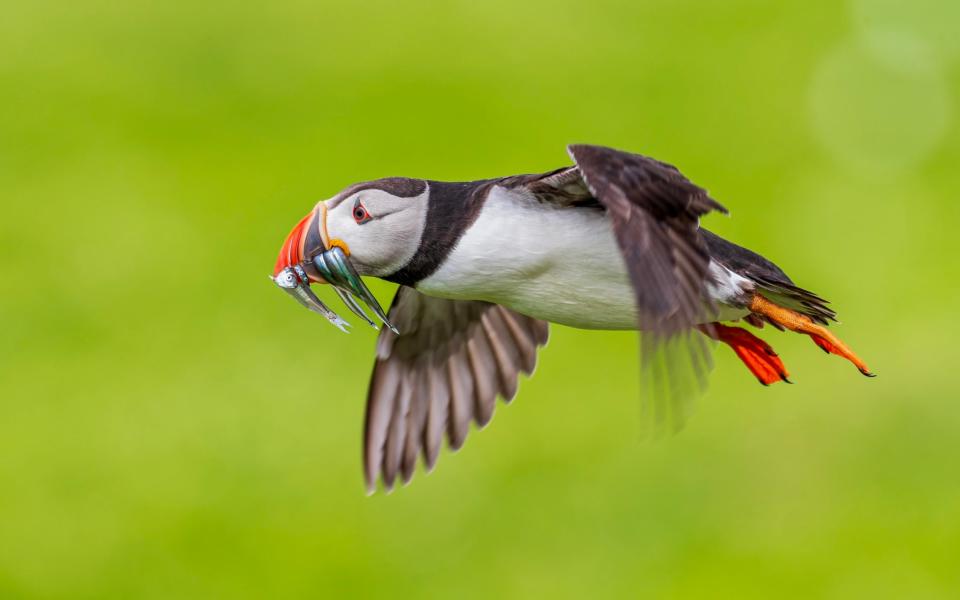

The sound of hoofs muffled by the sand broke the silence. A group of North Ronaldsay sheep raced past us. They are famous for living almost entirely on beaches, feeding on seaweed and being kept away from the heart of the island by a 20-kilometer stone ditch dating back to the 19th century.
I spent a day wandering around the wall. In South Bay, a magnificent half-mile stretch of sand, both harbor and gray seals have been taken out. The beach is popular as a “run” spot for sheep, and as I ate my picnic next to the receding tide, they passed by, chasing freshly exposed seaweed to nibble on.
Half way around the island I reached Dennis Head lighthouse, the UK’s tallest lighthouse on land at 39 metres. On a busy day, Billy Muir, the lighthouse keeper for 50 years, will greet you from the top. As we wheezed up the 176 steps, I appreciated why Billy was understandably reluctant to greet every guest at ground level.
Every North Island invites you to linger, but on Stronsay I only had time to cycle to the wonderfully named Kirbuster Vat; it’s a natural arch representing a fundamental slice of geology that deserves its place in Orkney’s great pantheon of amazing clifftop architecture. The edge of the cliff curves inwards in a broad arc 150 ft in diameter; a single block of sandstone serves as a natural lintel. Inside this magnificent geological ring is a blowhole (or blowhole) that descends 60 ft into the sea.
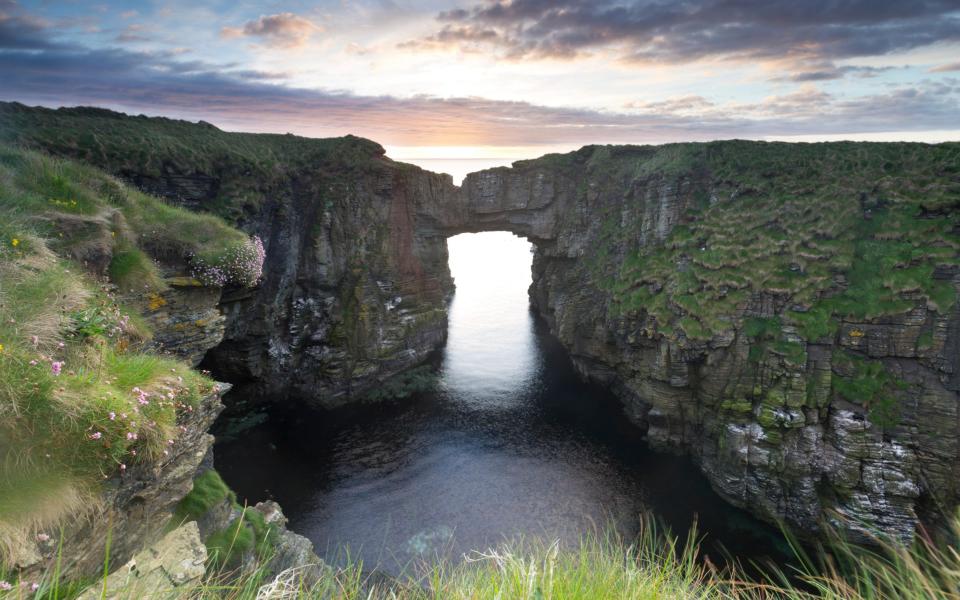

The neighboring island of Sanday has a good name (pronounced “sandy”, which unsurprisingly means “sandy island” in Old Norse) and is defined by around 30 stunning white beaches. At the end of a walk that’s hard to beat for sheer beauty, the island offers what I think is Orkney’s most spectacularly situated Neolithic tomb.
I started in Fidge Plantation, a watery meadow at the head of Cata Sand; A tidal sandy bay stretching for two miles, flanked by sparkling mountain-shaped dunes 30 ft high. One after another, the dunes danced down the bay; The change of light and water was extremely surprising; The waters were so shallow that their teal color resembled a montage of the Caribbean.
Eventually the dunes collapsed and were replaced by the bird-covered headland of Tresness. Where it peaked to the claw, I came to a stone-age chambered mound by the sea. I climbed down the wave-cut ledges towards the beach and looked at the entrance to the tomb, a low stone-lined passage. Free of today’s signposts, the tomb is a purer experience than many archaeological sites and may provide a tentative clue as to why Neolithic peoples may have chosen certain sites for burial.
Westray, the penultimate island of my journey, felt different from its neighbors. With its largest population (about 600), its only village, Pierowall, may seem like the bright lights of the city after a few days of driving this way. You’ll even hear snippets of a localized version of the Old Norse language known as Norn.
Behind the village was Noltland, perhaps Orkney’s most dramatic castle; Classic Z-plane appearance carved with narrow shooting holes. This place looked exactly like the kind of place a notorious bungler would call home – which was indeed the case. Built around 1560, the castle belonged to the infamous Gilbert Balfour, landlord to Mary Queen of Scots, and was described as being motivated by “neither the fear of God nor the love of virtue”.
The north-west coast of Westray offers some of the wildest and most scenic scenery in all of Orkney. I found the cliff walk here to be just that: the beach near Noup Head lighthouse had been guillotined by nature. I sat on the hill below the lighthouse and watched the seabirds. You’re sure to see puffins between April and July, but it was the gannets returning to their nests with beaks full of fish that started the show.
The only thing left was to go to Papay. There was a passenger ferry, but who could resist the chance to travel on what is famous for being the world’s shortest flight at 2.7 miles, shorter than the Heathrow airport runway? As it turns out, Westray’s airport “terminal” is barely larger than a garden shed. The safety briefing and taxi ride took longer than the incredibly beautiful flight soaring over Papa Sound.
The eight of us were squeezed into a shivering Britten-Norman Islander and took off, a sight that Orkney poet George Mackay Brown described as occurring “slowly, like a gentle moth in a mist”.
Less than two minutes later, my moth fluttered down to earth, landing with a less-than-graceful crash.
Fundamentals
How to get there
All Northern Isles are served by daily flights and ferries from Kirkwall.
Loganair flight times (loganair.com/) range from 8-15 minutes and fares start from £17 one way. Excursion fees apply to Papay and North Ronaldsay, with a return fee of £21 for overnight stays.
Ferry (orkneyferries.co.uk) times vary between 80 minutes and 2 hours 30 depending on the stop. You don’t need a car in Papay or North Ronaldsay; Bike hire is available locally or in Kirkwall.
Where to stay
Good lodgings with private rooms are available on all islands; Some also have hostels and bars. The following are excellent options:
Beltane Hostel, Papay (01857 644224; papawestray.co.uk)
North Ronaldsay Bird Observatory (01857 633200; nrbo.co.uk)
Stronsay Fish Mart Hostel (01857 616401; stronsaycafehostel.weebly.com)
Braeswick B&B, Sanday (01857 600708; braeswick.com)
Eday Community Hostel (07789 900950; hostellingscotland.org.uk)
Pierowall Hotel Westray (01857 677472; pierowallhotel.co.uk)
Mark Rowe is the author of Orkney, published by Bradt Guides (bradtguides.com). Telegraph readers can get a 25% discount by using the code ORKNEY25.